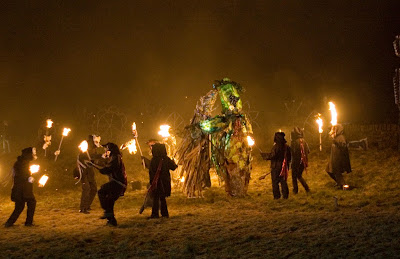HIST & MYTH: Palace of Versailles - An Expression of the Ancien Régime
Written by Ben Kesp.
 |
| Gardens of Versailles |
On visiting the Palace of Versailles, located a short distance from Paris City, and its wonderful landscaped gardens with numerous water fountains, one can only marvel at the creation. On a recent trip to the palace and grounds, I was delighted to explore the magnificent groves and fountains including Latona’s Fountain, Apollo’s Fountain, The Ballroom Grove, Neptune Grove and the beautiful Colonnade Grove consisting of 32 iconic columns, designed by Jules Hardouin-Mansart in 1684.
 |
| Colonnade Grove |
Versailles represents the last era of the French Royal Family before the Empire years and at its height exuded unimaginable wealth, ceremony and pomp. It stands for the ways of the monarchy and Ancien Régime (Political & Social Regime of the Kingdom of France). King Louis XVI and his wife Queen Marie Antoinette were the final royal couple, representing the French monarchy to occupy the palace before their demise during the French Revolution. The royal couple were placed under house arrest in the Tuileries Palace in 1789 and following their attempt to flee France, they took refuge in the French Assembly before being imprisoned and later executed for high treason, accused of the country’s financial crises, civil and international war crimes and their opposition to social and financial reforms.
But their time at Versailles was one of ceremony and pomp perhaps it was all a little too grand, elevating themselves out of reach of the common interests of the people. King Louis XVI’s grandfather, King Louis XIV constructed a smaller palace for himself to escape court life from the main palace at Versailles in 1670 and it was also the setting for his love affair with Madame De Montespan. The palace is known as the Grand Trianon. Today, it has been restored to its formal glory and each room can be explored opening for us the world once enjoyed by the French Royalty.
 |
| Grand Trianon |
 |
| Mirrors Salon - Grand Trianon |
The Grand Trianon consists of two wings, connected by a peristyle – a courtyard with a covered walkway with columns. Some notable rooms are the Mirrors Salon, a grand room where the council of Louis XIV met; The Chapel Salon; The Lords Antechamber; The Music Room; The Family Drawing Room and The Cool Salon, located at the north of the Grand Trianon, giving it its name.
One of the most beautiful gardens within the grounds of Versailles is the Garden of Plants. Nested beautifully within is the Petit Trianon, built between 1762 and 1768 and gifted to Queen Marie Antoinette in 1774 by her husband Louis XVI. This would become the queen’s favourite place to stay and the larger grounds around the house were landscaped to replicate a part of the French countryside, with traditional cottages and working farm for the queen to enjoy and explore – creating an insular life in a bubble for her to enjoy.
 |
| Petit Trianon |
 |
| Music Room - Petit Trianon |
Both the Grand and Petit Trianon were used during the French Empire years with Napoleon Bonaparte residing at the Grand Trianon numerous times with his wife Empress Marie Louise. Napoleon’s sister Pauline Borghese resided at the Petit Trianon. Both of these smaller palaces are open to the public and give a wonderful insight into the lives of the people who lived within. All furniture belonging to the monarch years was destroyed so what is visible is furniture from the Empire period.
 |
| French Cottage on Marie Antoinette Estate |
Unfortunately, I did not have a chance to visit inside the main palace on this occasion however it’s a good excuse to return again. The grounds are extensive and require much time to explore. The main palace contains many notable rooms including the Royal Chapel; Royal Opera House, which I did see while enjoying a relaxing afternoon at the opera; State Apartments; Louis XIV Rooms and various galleries of history and battles.
The Palace of Versailles or Cháteau de Versailles is a place certainly to be explored and for locals, it’s perfect for a Sunday picnic with family and friends. Hop on a bike and cycle to your heart’s content, stroll or even run – after all there are over 800 hectares of land to be explored including water fountains, palaces and garden follies!
 |
| Rear View of part of the Palace of Versailles |
 |
| Gardens of the Palace of Versailles |


Comments
Post a Comment